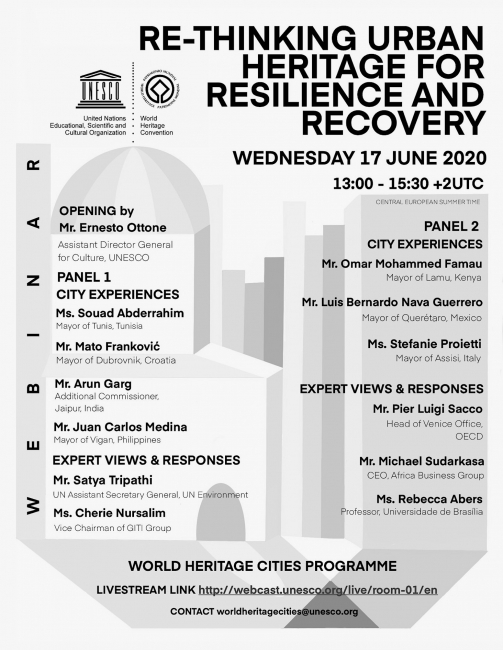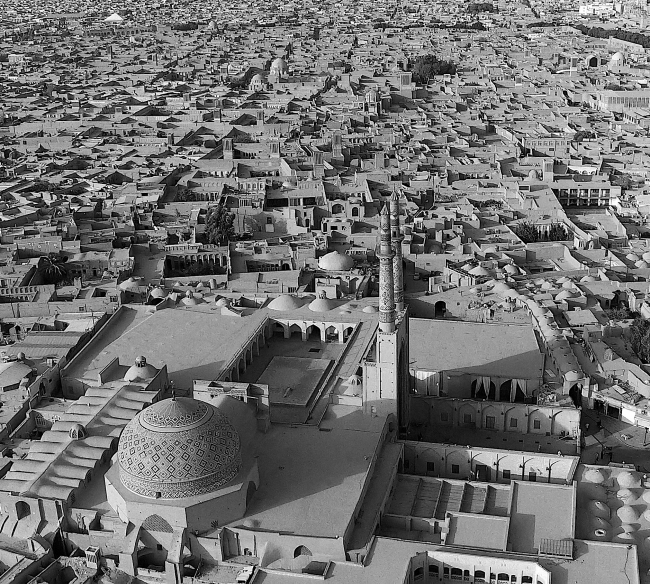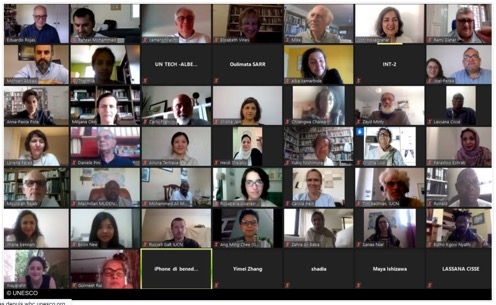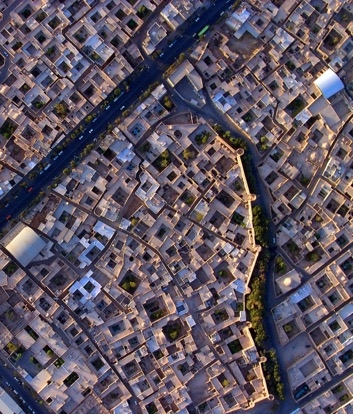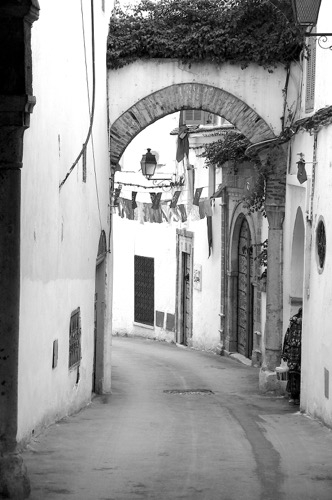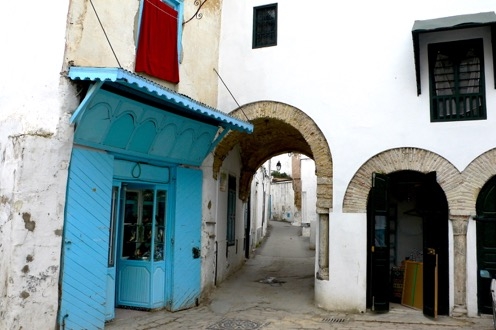| UNESCO World Heritage City Lab |
| PublishDate:2020-06-26 Hits:1477 |
The global health crisis caused by COVID-19 has unveiled the vulnerability of our cities, bringing into light unresolved issues typical of historic towns, such as the tourism monoculture, the economic dwindling, the management of urban density, and the growing inequalities. In such a trying context, what could be the contribution of heritage if we consider it as a resource and not as aburden? How can heritage help supporting recovery and sustainable development plans in World Heritage Cities?
To discuss these issues, from 17 to 26 June 2020, UNESCO organised the first World Heritage City Lab, in collaboration with the Advisory Bodies to the World Heritage Convention, ICOMOS, IUCN and ICCROM. Over 5 online sessions, more than 60 international expertsand practitioners – especially from regions outside of Western Europe and North America – “met’ to reflect on actual challenges and to analyse and explore pathways for the recovery of cities in the framework of the policies of the World Heritage Convention and the 2011 UNESCO Recommendation on the Historic Urban Landscape (HUL Recommendation).
The first session was a live Webinar entitled “Re-thinking UrbanHeritage for Recovery and Resilience” that was followed by an audience of 400 people. During this first event, an international panel composed of mayors of World Heritage cities (Tunis, Dubrovnik, Vigan, Lamu, Queretaro, Assisi, Jaipur) and high-level experts debated with Jyoti Hosagrahar, Deputy Director of the World Heritage Centre, and answered to the questions of more than 60 participants.
The other sessions were conceived as an innovation laboratory structured in three main blocks: key discussion themes proposed by two senior experts, two case study presentations, and open debates. The three sessions addressed the following topics: “Well-being andlocal communities” (with the participation of the site managers of George Town, Malaysia, and Florence, Italy); “Heritage at the core oflocal economic development strategies” (with the site managersof the Historic City of Yazd, Iran, and Historic Monuments Zone of Queretaro, Mexico); and “Re-thinking urban infrastructure in historicurban contexts” (with the responsible of Lamu Word Heritage Office, Kenya, and of the Medina of Tunis, Tunisia). The ensuing discussions focused on the most crucial priorities emerging in these first monthsof 2020. All participants expressed the shared need to seize this unique moment as an opportunity to reassess our previous patterns of development. In particular, tourism — burdened by visitors’ stereotypes and set expectations — has proven highly unsustainable being over inclined to short-term heritage commodification more than to long-term sustainable urban development. The discussants underlined that urban “cultural tourism” often inhibits the natural evolution of local cultures and produces conflicts between local and universal values. Connected to this theme, the debates also pointed out other emerging dissonances between economic valueand quality of life in urban heritage areas, and notably the need to protect not only the buildings, but also the housing stock and its functions (the value of “functional integrity” in heritage sites was mentioned), to ensure the services necessary for the wellbeing of the residents (the example of Venice was repeatedly quoted during the discussion). The contribution of multiple local groups of interests —interest-holders instead of stakeholders — was evoked as a potential lever to inhibit the takeover by power networks in urban areas.
The role of soft infrastructures also appeared crucial. They are directly related to digital technologies and to the issue of digital access, which is progressively being interpreted as a new “right” tobe shared by all humankind, to fight increasing inequalities. Finally, at all levels and scales, ’localisation’ emerged as a keyword to think and plan the future of historic cities. The urgency to better integrate the cities within their territories and to rely more on local resources (economic, social, cultural, agricultural…) was identified by all the participants as one of the most evident outcomes of the pandemic experience. However, this perception doesn’t mean to withdraw from globalization or, worst, from urban settlements altogether. Probably,as Michael Turner suggested during the last session, it is the idea of ‘urbanity’ that needs to be adjusted and updated, to connect it moredeeply with its histories and landscape in order to ensure a moreresilient and inclusive habitat for humankind.
Following each topical session, the participants were organised in working groups and asked to carry out an assigned task. Each working group presented the result of the teamwork during the fifth and final session that was conceived as a general debate on the way forward for heritage-based recovery and resilience for heritage cities.
The World Heritage City Lab helped consolidating an international community of experts working, in close coordination with UNESCO, to support the implementation of the World Heritage Conventionand the HUL Recommendation in World Heritage cities across the globe.
WHITRAP Shanghai actively participated to this event. Marie Noël Tournoux intervened with ‘provocations’ during the final sessionalong with other renowned experts such as Minjia Yang, Mike Turner,Lassana Cissé and Souayibou Varissou; while Anna-Paola Pola participated in all sessions and contributed to the work of group Awith other experts from East Europe and South America.
All the participants expressed their appreciation for this event and their hope that similar initiatives be repeated in the future. |
- Documentary: 2023 World Heritage Creative X Innovators Conference and the AWHEIC Third Anniversary Celebration
- Publication | WHITRAP Newsletter No. 61
- Mt. Huangshan first show in Climate Action for World Heritage
- Call for Good Practices: 2024 Environment and Resilience
- FAQs | 2024 Call for Good Practices
- Operational Guidelines for the Implementation of the World Heritage Convention 2017
Copyright © 2009-2012 World Heritage Institute of Training and Research-Asia and Pacific (shanghai)


